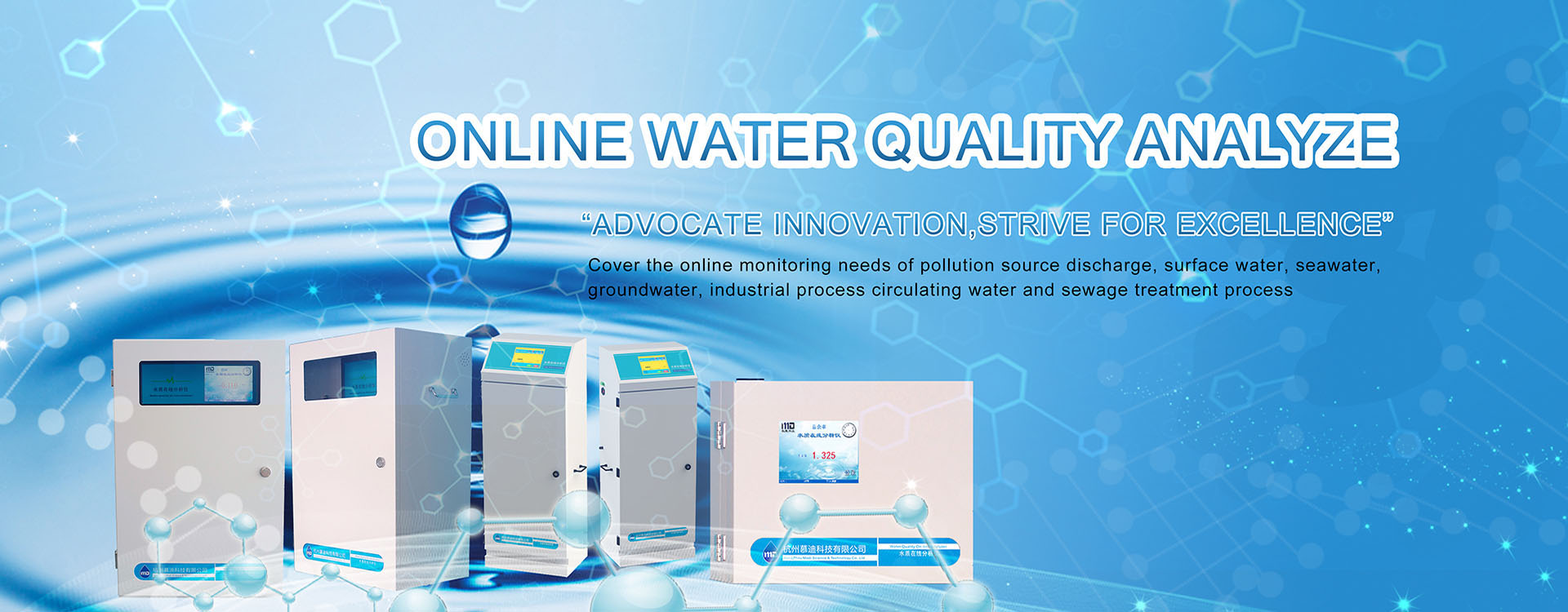Medical wastewater refers to the sewage discharged by hospitals into the natural environment or urban pipelines. The quality of the water varies with the nature, size and location of the hospital. The amount of sewage discharged per bed per day is about 200-1000L. Among them, the pollutants in wastewater are: pathogens, organic matter, radioactive pollutants and so on.
Basic Information About Medical Wastewater
The per capita water resources are small and the spatial distribution is unbalanced. With the acceleration of urbanization and industrialization in China, the demand gap of water resources is also increasing. In this context, online monitoring of medical wastewater is very important! It includes water production, water supply, drainage, water and other water source testing.
By October 2008, 1,459 sewage treatment plants had been built in cities, counties and some key towns, with a daily treatment capacity of 85.53 million tons (288 in 36 big cities with a daily treatment capacity of 34.97 million tons), an increase of 60.5 percent and 42.6 percent over the end of the Tenth Five-Year Plan, respectively. The municipal sewage treatment rate increased from 52 percent in 2005 to 63 percent in 2007. A total of 1,033 urban sewage treatment projects are under construction, with a designed daily treatment capacity of 35.95 million tons. From January to October 2008, the country’s urban sewage treatment plants that have been put into operation have treated 19 billion tons of sewage, and the operating load rate has reached 76%, an increase of 21% and about 3 percentage points respectively.
Due to the continuous improvement of the attention of departments at all levels to environmental protection, China’s sewage treatment industry is growing rapidly, the total amount of sewage treatment is increasing year by year, and the urban sewage treatment rate is constantly improving. The sewage treatment industry is still in the initial stage of development.
On the one hand, the sewage treatment capacity is still unable to keep up with the rapid expansion of water consumption, and the construction of supporting facilities such as pipe networks and sludge treatment is seriously lagging behind. On the other hand, there is still a significant gap between the sewage treatment rate and that of developed countries, and the load rate of treatment facilities is low.
Therefore, China should improve the laws and regulations of sewage treatment, establish a regulatory system, create a reasonable sewage treatment fee system, support the development of domestic environmental protection industry, and promote the industrialization and marketization of sewage treatment industry.




